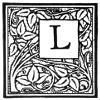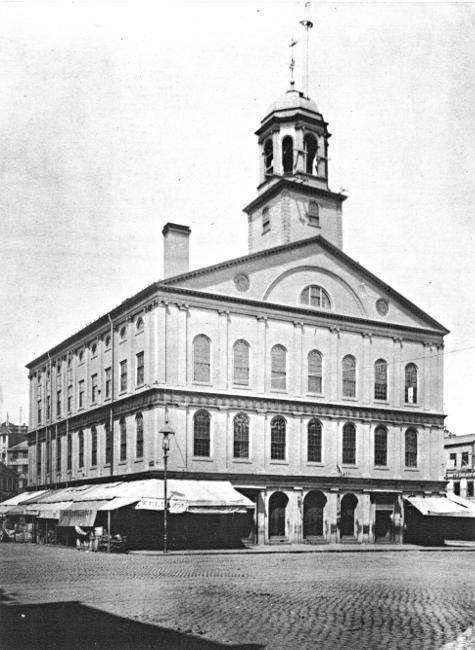THE MENTOR 1918.07.01, No. 158,
The Cradle of Liberty

LEARN ONE THING
EVERY DAY
JULY 1 1918
SERIAL NO. 158
THE
MENTOR
THE CRADLE OF
LIBERTY
By ALBERT BUSHNELL HART
Professor of Government
Harvard University
DEPARTMENT OF
HISTORY
VOLUME 6
NUMBER 10
TWENTY CENTS A COPY
LIBERTY

Liberty is older than Law,older than Government,older than the State. Libertygoes back to theGarden of Eden, where firstwas taught the bitter lesson that whereLiberty is uncontrolled, society breaksdown. The word is a splendid one,coined by the Romans, “With a greatprice obtained I this freedom,” said theRoman centurion; “But I was freeborn,” replied St. Paul. Liberty was inthe hearts of the English colonists;Liberty rang out from the Bell of IndependenceHall; Liberty is stampedupon our state and federal constitutions.For Liberty millions of men havestruggled and died. Toward Libertyoppressed myriads are stretching outtheir hands today. Liberty is the pole-starof peoples, the hope of mankind.

FANEUIL HALL, BOSTON, MASS.—“THE CRADLE OF LIBERTY”
THE CRADLE OF LIBERTY
Faneuil Hall
ONE
“In old Faneuil, that guild temple of traders and aldermen,butchers and clerks, hucksters and civic magistrates, thespirit of the people conceived an embryonic nation.”

Among early Bostonians who owned argosies andhad a prosperous trade with France and Englandwas a young bachelor named Peter Faneuil, who,like Paul Revere, was descended from Huguenotrefugees. He was the heir of his uncle, Andrew Faneuil, whodied in 1738 and left a large fortune. Fond of good livingand hospitable, “Here’s to Peter Faneuil!”was the toast often proposed above brimmingbumpers. From Madeira he orderedamber wine, from London, chariots andsets of crested harness, and fine stuffs,buttons and laces. His ships carried cargoesof tobacco, black walnut, fish, stovesand general merchandise. At forty yearsof age he was a prince among Colonialmerchants. He had, moreover, pride inBoston’s advancement, and offered “at hisown cost and charge” to build a marketfor “the use, benefit and advantage of thetown.” Later, the donor of the markethouse instructed his architect, the renownedJohn Smibert, to add a hall above thespace given over to provisioners’ stalls. In1742